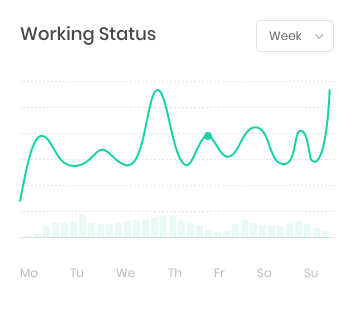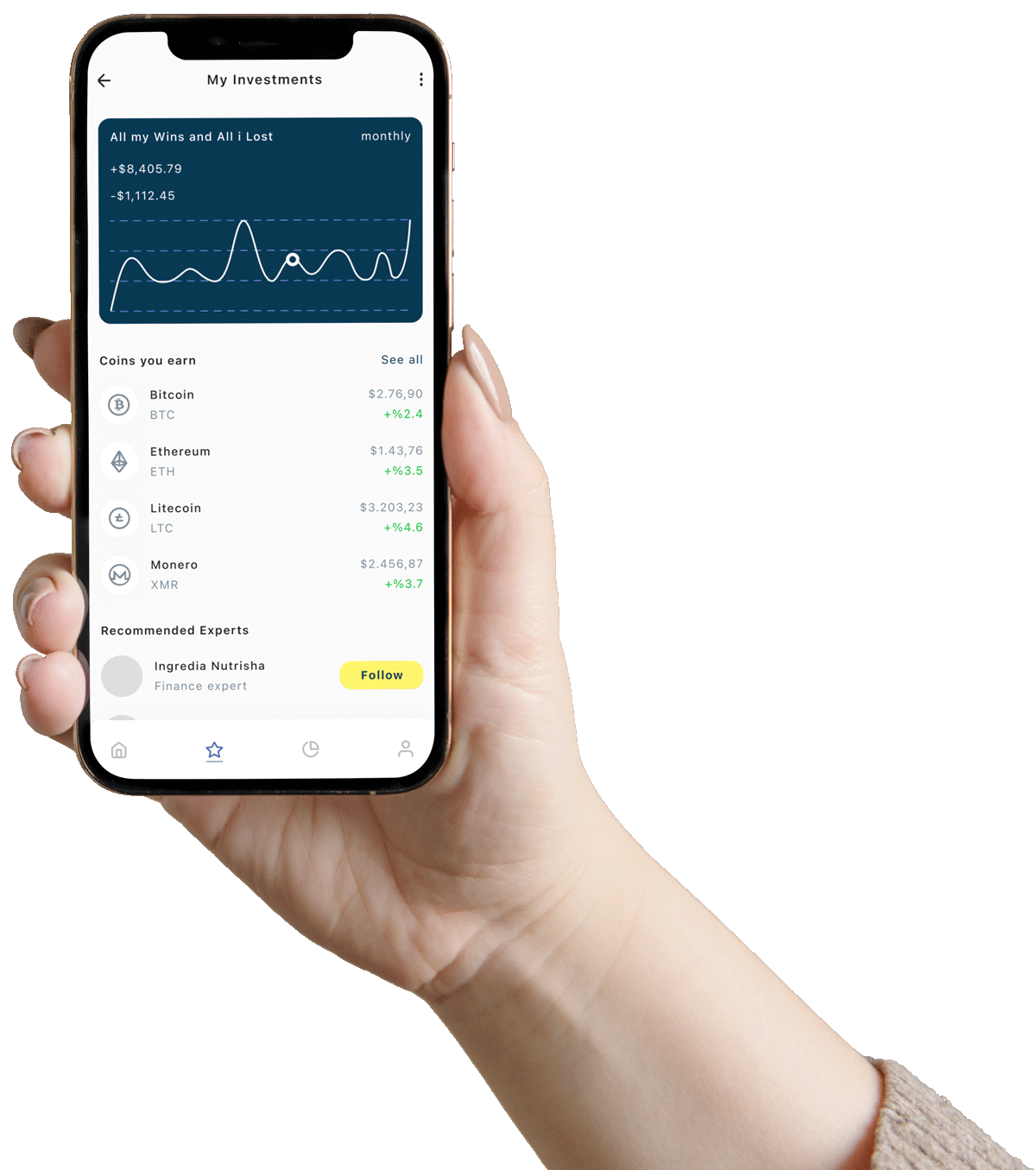+968 9596 3381
Phone Number
[email protected]
Email Address
Mon - Thu: 8:00 - 5:00
Online store always open
Phone Number
Email Address
Online store always open
WhatsApp Us Today
Drop Us an Email Today
Google Map Location
Saturday to Thursday

Introduction to Oman’s E-Invoicing Mandate
Why E-Invoicing Is Being Introduced in Oman
Who Must Comply with the New Mandate
Key Features of the E-Invoicing System
Implementation Timeline and Deadlines
Benefits for Businesses in Oman
Potential Penalties for Non-Compliance
Step-by-Step Compliance Roadmap
8.1. Assess Current Invoicing Systems
8.2. Choose E-Invoicing Software
8.3. Register with the Tax Authority
8.4. Configure and Test the System
8.5. Train Your Staff
8.6. Go Live and Monitor Performance
Integration with VAT and Corporate Tax
Special Considerations for SMEs and Startups
Data Security and Storage Requirements
Role of ERP Systems in Compliance
Common Mistakes to Avoid
How Our Company Formation and Advisory Services Help
Conclusion
20 FAQs
The Sultanate of Oman has taken a significant step toward digital transformation in tax compliance with the introduction of its new e-invoicing mandate. Designed to modernize financial record-keeping and improve VAT compliance, the system requires companies to issue invoices electronically through approved formats. This move aligns Oman with other GCC states that have already adopted similar mandates, enhancing transparency and reducing opportunities for tax evasion.
The mandate aims to:
Ensure accurate VAT reporting and reduce human errors.
Facilitate real-time data exchange between businesses and the Oman Tax Authority (OTA).
Reduce fraud and prevent manipulation of paper-based invoices.
Improve efficiency in audits and compliance checks.
For Oman’s growing economy, e-invoicing is a step toward a unified digital tax infrastructure.
The e-invoicing rules apply to:
All VAT-registered companies in Oman.
Businesses exceeding the VAT registration threshold of OMR 38,500 annual turnover.
Entities involved in cross-border trade within the GCC.
Standardized Invoice Format – XML or PDF/A with embedded XML.
Unique Invoice Identification Numbers – Automatically generated by the system.
Integration with ERP – Direct link to your company’s accounting software.
Real-Time Reporting – Invoice data is instantly transmitted to the OTA.
The rollout will occur in phases:
Phase 1 – Large taxpayers (high annual turnover)
Phase 2 – Medium-sized businesses
Phase 3 – SMEs and micro-businesses
Reduced paperwork and storage costs.
Improved VAT refund claim efficiency.
Faster audits and compliance reviews.
Enhanced trust with suppliers and clients.
Failure to comply could result in:
Monetary fines for each non-compliant invoice.
Suspension of VAT registration.
Ineligibility for government tenders.
Review your current invoicing method to identify gaps in automation and digital readiness.
Select an OTA-approved software provider that can generate invoices in the required formats.
Companies must register their systems with OTA for approval and activation.
Conduct trial runs to ensure data is accurately transmitted to OTA servers.
Employees should be trained on generating, storing, and transmitting compliant e-invoices.
Launch the system and regularly review compliance reports to avoid penalties.
E-invoicing simplifies VAT filing by automating data collection. It also helps maintain accurate accounting records for corporate tax filings.
While SMEs may have fewer resources, affordable cloud-based invoicing solutions can ensure compliance without high upfront costs.
Invoices must be stored securely for at least 10 years, in compliance with Oman’s data protection laws.
ERP platforms like SAP, Oracle, and Odoo can integrate directly with the OTA’s e-invoicing portal for seamless compliance.
Using non-approved software.
Failing to back up invoice data.
Incorrect VAT calculations due to poor integration.
We assist businesses in:
Setting up compliant ERP systems.
Registering with the Oman Tax Authority.
Providing ongoing tax and accounting support.
| Step | Action | Details | Recommended Timeline |
|---|---|---|---|
| 1 | Assess Current System | Review if your invoicing method supports digital formats (XML, PDF/A). | Immediately |
| 2 | Select Approved Software | Choose an OTA-approved solution that integrates with your accounting. | Within 2 weeks |
| 3 | Register with OTA | Submit your software details to Oman Tax Authority for approval. | After software selection |
| 4 | Configure and Test | Run trial transactions to ensure compliance with invoice format and transmission. | Within 1 month |
| 5 | Train Staff | Conduct hands-on sessions for finance and sales teams. | Before go-live |
| 6 | Go Live | Begin issuing e-invoices as per OTA guidelines. | Before official mandate date |
| 7 | Ongoing Monitoring | Regularly review OTA feedback and system performance. | Continuous |
1. What is the official launch date of Oman’s e-invoicing system?
The official rollout will begin in phases starting 2025, with large taxpayers first, followed by medium and small businesses. Exact dates depend on your turnover category.
2. Who is exempt from e-invoicing in Oman?
Micro-businesses below the VAT registration threshold and certain government entities may be exempt, but exemptions must be verified with OTA.
3. Is there a minimum turnover for e-invoicing compliance?
Yes. Any business exceeding the OMR 38,500 VAT threshold must comply.
4. Which invoice formats are acceptable?
Invoices must be generated in XML or PDF/A with embedded XML data.
5. Can I use international software for e-invoicing?
Yes, provided it meets OTA technical requirements and is officially approved.
6. How are invoice numbers generated?
The system will automatically generate unique invoice IDs that must be sequential and cannot be altered.
7. Does e-invoicing apply to cash transactions?
Yes, cash and credit transactions must both be recorded electronically.
8. How long must I store electronic invoices?
Electronic invoices must be securely stored for at least 10 years.
9. Can I print e-invoices for clients?
Yes, but the official version for compliance purposes is the electronic file.
10. Is training mandatory for employees?
It’s not legally mandatory but highly recommended to ensure correct system use.
11. Will e-invoicing affect my VAT filing dates?
No, filing dates remain the same, but automation will make submissions faster.
12. How will audits be conducted under the new system?
OTA can request real-time data and will verify invoice authenticity electronically.
13. Are credit notes also required to be electronic?
Yes, all adjustments, including credit and debit notes, must follow the same format.
14. Can small businesses opt out?
Only if they are below the VAT threshold or qualify for specific exemptions.
15. What happens if the system crashes?
Invoices can be stored offline and transmitted once the system is back online, but businesses must have contingency plans.
16. Are e-invoices valid for international clients?
Yes, provided they meet Omani compliance and any foreign client requirements.
17. Can my ERP handle multiple currencies?
Most modern ERP systems can handle multi-currency invoicing, but configuration is key.
18. Will the OTA monitor invoices in real time?
Yes, invoice data will be transmitted to OTA servers as soon as it’s generated.
19. Can I outsource e-invoicing compliance?
Yes, many businesses hire consultants to manage setup, integration, and training.
20. How much time will companies have to adapt before penalties apply?
A grace period will be provided during the early phases, but it’s best to be ready before your assigned go-live date.




Fill out our quick and easy contact form below. Briefly tell us about your vision and goals, and we’ll be in touch shortly to discuss a personalized plan for your success.
Al-Khuwair, Muscat, Sultanate of Oman